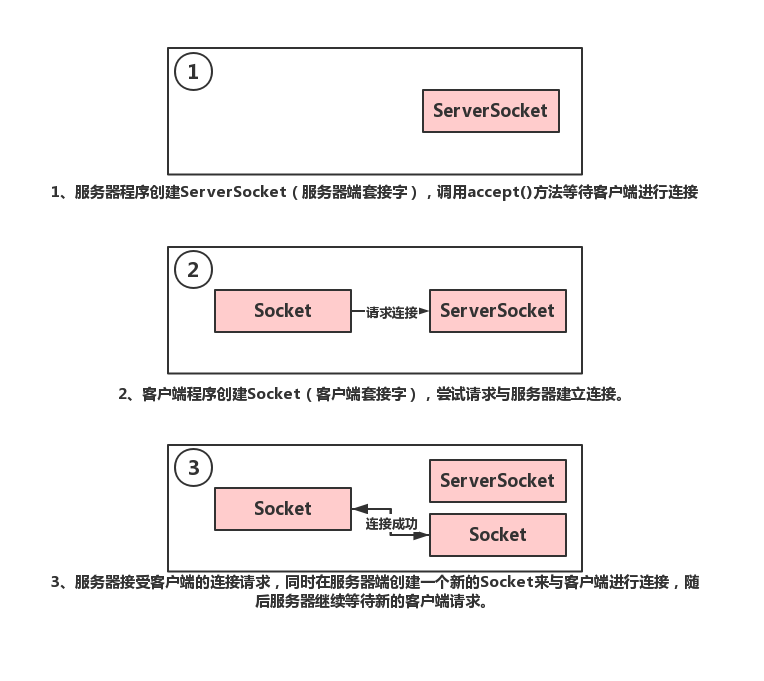Vue3.2中setup語法糖的使用教程分享
目錄
- 1、如何使用setup語法糖
- 2、data數(shù)據(jù)的使用
- 3、method方法的使用
- 4、watchEffect的使用
- 5、watch的使用
- 6、computed計(jì)算屬性的使用
- 7 、props父子傳值的使用
- 8 、emit子父?jìng)髦档氖褂?/li>
- 9、獲取子組件ref變量和defineExpose暴露
- 10、路由useRoute和us eRouter的使用
- 11、store倉(cāng)庫(kù)的使用
- 12、await的支持
- 13、provide 和 inject 祖孫傳值
提示:vue3.2 版本開始才能使用語法糖!
在 Vue3.0 中變量必須 return 出來, template 中才能使用;而在 Vue3.2 中只需要在 script 標(biāo)簽上加上 setup 屬性,無需 return , template 便可直接使用,非常的香啊!
提示:以下是本篇文章正文內(nèi)容,下面案例可供參考
1、如何使用setup語法糖
只需在 script 標(biāo)簽上寫上 setup 代碼如下(示例):
<template> </template> <script setup> </script> <style scoped lang="less"> </style>
2、data數(shù)據(jù)的使用
由于 setup 不需寫 return ,所以直接聲明數(shù)據(jù)即可 代碼如下(示例):
<script setup>
import {
ref,
reactive,
toRefs,
} from "vue"
const data = reactive({
patternVisible: false,
debugVisible: false,
aboutExeVisible: false,
})
const content = ref("content")
//使用toRefs解構(gòu)
const { patternVisible, debugVisible, aboutExeVisible } = toRefs(data)
</script>
3、method方法的使用
代碼如下(示例):
<template >
<button @click="onClickHelp">系統(tǒng)幫助</button>
</template>
<script setup>
import {reactive} from "vue"
const data = reactive({
aboutExeVisible: false,
})
// 點(diǎn)擊幫助
const onClickHelp = () => {
console.log(`系統(tǒng)幫助`)
data.aboutExeVisible = true
}
</script>
4、watchEffect的使用
代碼如下(示例):
<script setup>
import {
ref,
watchEffect,
} from "vue"
let sum = ref(0)
watchEffect(()=>{
const x1 = sum.value
console.log("watchEffect所指定的回調(diào)執(zhí)行了")
})
</script>
5、watch的使用
代碼如下(示例):
<script setup>
import {
reactive,
watch,
} from "vue"
//數(shù)據(jù)
let sum = ref(0)
let msg = ref("你好啊")
let person = reactive({
name:"張三",
age:18,
job:{
j1:{
salary:20
}
}
})
// 兩種監(jiān)聽格式
watch([sum,msg],(newValue,oldValue)=>{
console.log("sum或msg變了",newValue,oldValue)
},{immediate:true})
watch(()=>person.job,(newValue,oldValue)=>{
console.log("person的job變化了",newValue,oldValue)
},{deep:true})
</script>
6、computed計(jì)算屬性的使用
computed 計(jì)算屬性有兩種寫法(簡(jiǎn)寫和考慮讀寫的完整寫法) 代碼如下(示例):
<script setup>
import {
reactive,
computed,
} from "vue"
//數(shù)據(jù)
let person = reactive({
firstName:"小",
lastName:"叮當(dāng)"
})
// 計(jì)算屬性簡(jiǎn)寫
person.fullName = computed(()=>{
return person.firstName + "-" + person.lastName
})
// 完整寫法
person.fullName = computed({
get(){
return person.firstName + "-" + person.lastName
},
set(value){
const nameArr = value.split("-")
person.firstName = nameArr[0]
person.lastName = nameArr[1]
}
})
</script>
7 、props父子傳值的使用
子組件代碼如下(示例):
<template>
<span>{{props.name}}</span>
</template>
<script setup>
import { defineProps } from "vue"
// 聲明props
const props = defineProps({
name: {
type: String,
default: "11"
}
})
// 或者
//const props = defineProps(["name"])
</script>
父組件代碼如下(示例):
<template>
<child :name="name"/>
</template>
<script setup>
import {ref} from "vue"
// 引入子組件
import child from "./child.vue"
let name= ref("小叮當(dāng)")
</script>
8 、emit子父?jìng)髦档氖褂?/h2>
子組件代碼如下(示例):
<template>
<a-button @click="isOk">
確定
</a-button>
</template>
<script setup>
import { defineEmits } from "vue";
// emit
const emit = defineEmits(["aboutExeVisible"])
/**
* 方法
*/
// 點(diǎn)擊確定按鈕
const isOk = () => {
emit("aboutExeVisible");
}
</script>
父組件代碼如下(示例):
<template>
<AdoutExe @aboutExeVisible="aboutExeHandleCancel" />
</template>
<script setup>
import {reactive} from "vue"
// 導(dǎo)入子組件
import AdoutExe from "../components/AdoutExeCom"
const data = reactive({
aboutExeVisible: false,
})
// content組件ref
// 關(guān)于系統(tǒng)隱藏
const aboutExeHandleCancel = () => {
data.aboutExeVisible = false
}
</script>
9、獲取子組件ref變量和defineExpose暴露
即 vue2 中的獲取子組件的 ref ,直接在父組件中控制子組件方法和變量的方法
子組件代碼如下(示例):
<template>
<p>{{data }}</p>
</template>
<script setup>
import {
reactive,
toRefs
} from "vue"
/**
* 數(shù)據(jù)部分
* */
const data = reactive({
modelVisible: false,
historyVisible: false,
reportVisible: false,
})
defineExpose({
...toRefs(data),
})
</script>
父組件代碼如下(示例):
<template>
<button @click="onClickSetUp">點(diǎn)擊</button>
<Content ref="content" />
</template>
<script setup>
import {ref} from "vue"
// content組件ref
const content = ref("content")
// 點(diǎn)擊設(shè)置
const onClickSetUp = ({ key }) => {
content.value.modelVisible = true
}
</script>
<style scoped lang="less">
</style>
10、路由useRoute和us eRouter的使用
代碼如下(示例):
<script setup>
import { useRoute, useRouter } from "vue-router"
// 聲明
const route = useRoute()
const router = useRouter()
// 獲取query
console.log(route.query)
// 獲取params
console.log(route.params)
// 路由跳轉(zhuǎn)
router.push({
path: `/index`
})
</script>
11、store倉(cāng)庫(kù)的使用
代碼如下(示例):
<script setup>
import { useStore } from "vuex"
import { num } from "../store/index"
const store = useStore(num)
// 獲取Vuex的state
console.log(store.state.number)
// 獲取Vuex的getters
console.log(store.state.getNumber)
// 提交mutations
store.commit("fnName")
// 分發(fā)actions的方法
store.dispatch("fnName")
</script>
12、await的支持
setup 語法糖中可直接使用 await ,不需要寫 async , setup 會(huì)自動(dòng)變成 async setup
代碼如下(示例):
<script setup> import api from "../api/Api" const data = await Api.getData() console.log(data) </script>
13、provide 和 inject 祖孫傳值
父組件代碼如下(示例)
<template>
<AdoutExe />
</template>
<script setup>
import { ref,provide } from "vue"
import AdoutExe from "@/components/AdoutExeCom"
let name = ref("Jerry")
// 使用provide
provide("provideState", {
name,
changeName: () => {
name.value = "小叮當(dāng)"
}
})
</script>
子組件代碼如下(示例):
<script setup>
import { inject } from "vue"
const provideState = inject("provideState")
provideState.changeName()
</script>
以上就是Vue3.2中setup語法糖的使用教程分享的詳細(xì)內(nèi)容,更多關(guān)于Vue setup語法糖的資料請(qǐng)關(guān)注其它相關(guān)文章!

 網(wǎng)公網(wǎng)安備
網(wǎng)公網(wǎng)安備